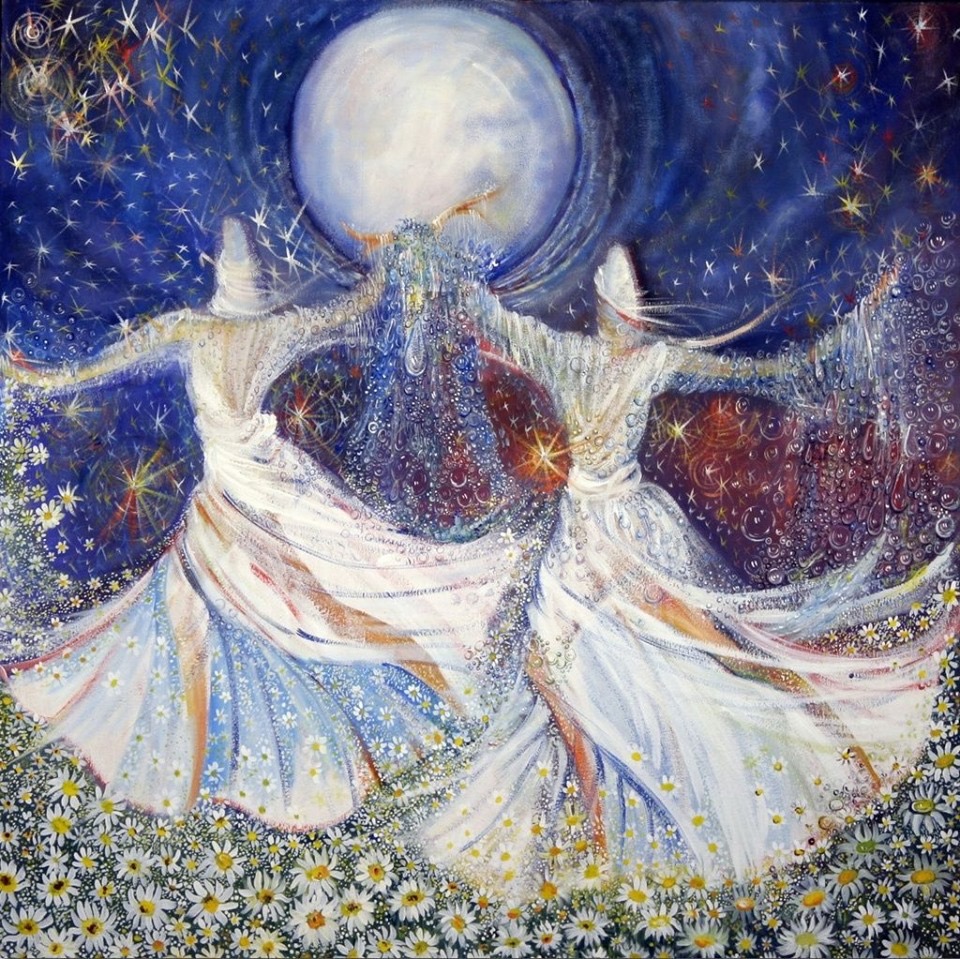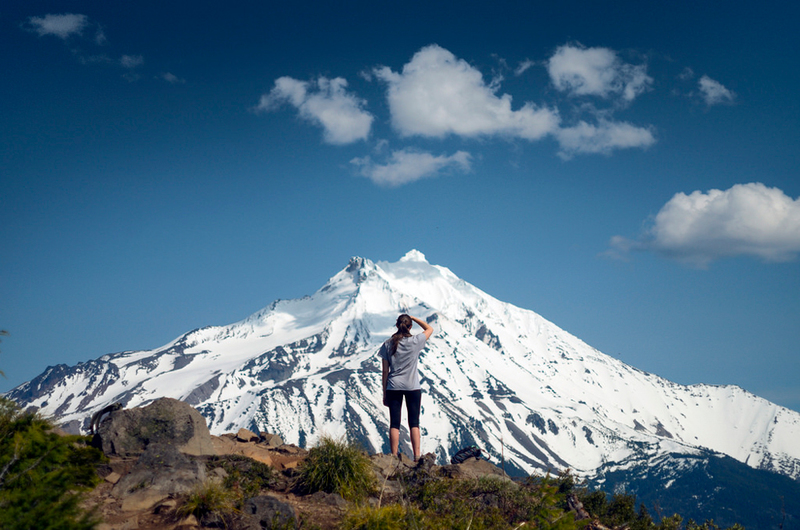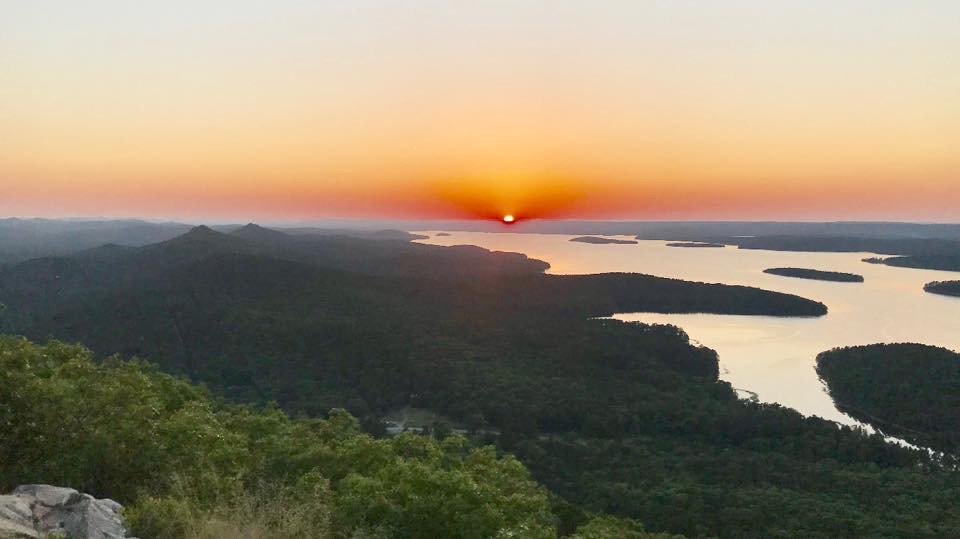
“Live in the moment.” It is a common admonition I have heard often. “Practice mindfulness,” is a more current admonition that points us to live in the present moment. We are urged to add mindfulness to our vast storehouse of spiritual disciplines. You might wonder what mindfulness means, so I found an answer from a trusted source.
Mindfulness is a mental state achieved by focusing one’s awareness on the present moment while calmly acknowledging and accepting one’s feelings, thoughts, and bodily sensations, used as a therapeutic technique. (psychologytoday.com)
Today, the thought that grabs me comes from Madisyn Taylor, who writes “rest yourself in the graceful arms of the present moment.” (https://www.dailyom.com/cgi-bin/display/inspirations.cgi?view=all )
It is an idea that seems so simple. Yet, resting in the present moment is not always simple. It can be very hard to do, often impossible to do. Sometimes we find ourselves hopelessly stuck in the past, suffering the soul bondage of its power over us. Dwelling in the past can cause us to languish about no longer having the joys we once enjoyed, the people we loved, the places we used to live, the “best job I ever had.” The past can also be a haunting place of reliving the past trauma, loss,disappointment or betrayal. Still, there must be an emotionally healthy place to put the past. Perhaps the difference in what we do with the past is a soul struggle between “letting the past have its place” and letting the past have its way.
I have often let the past have its way in my life as an ominous presence that reminds me of secrets and lies, violence, abandonment, anger and so many other experiences that threaten me through my memories. The critical question I must ask is how do I let the past have its place. What can I do to embrace my past and let it be a guide on my journey, not an oppressor as I walk my journey? I wonder sometimes if I can put the past in its place, no longer allowing it to wield power over my memories and torment my soul. I know It’s worth a try.
And then there’s the future to contend with, that time in life we think we can control although we have no idea what it might hold. The future is unknowable, something to try to envision knowing I cannot. The future can look to us as bright as the sun or as dark as the center of a cave. The future can be dreaming dreams or internalizing dread and fear. The thought that ”the future is taken care of” graces me with a picture of God knowing my future and preparing me to greet it with hope.
“Rest in the graceful arms of the present moment.”
The words bring to mind the many, many times I have sung the beloved hymn, “Leaning on the Everlasting Arms.”
What have I to dread? What have I to fear, leaning on the everlasting arms?
Leaning, leaning, safe and secure from all alarms.
I think maybe feeling safe and secure, without fear and dread, is exactly what helps us live in the present moment — not rushing through this beautiful life, not missing the real and deep beauty of it. Yet, we persist in pushing our bodies to accomplish its daily tasks without cherishing the workings of the body — its breathing, its moving, tasting and seeing, hearing and enjoying the aromas that surround us. And most often, we fail to pay close attention to the longings of our souls and the promptings of our spirits — what makes us whole, what fills our hearts with joy, what God is saying to us. We simply do not pay close attention to how is God calling us to satisfy both our soul’s yearning and the world’s deepest need.
Like me, perhaps you do not always cherish the present moment enough — all of it — this present moment we have been given by God’s grace. Life passes through us and around us in every passing moment, and we miss it.
And yet, cherishing every moment — our present moment — might just make magic in our lives, filling us with serenity and peacefulness, with lightheartedness and laughter, even bringing us to the honesty of our sorrows and the cleansing power of our tears.
I, for one, want to be continually mindful of my life — every moment of it — in my body, my mind, my world, my soul, my heart, in my yearnings and my sorrows . . . in my dreams and in the deepest desires that fill me with hope.






 Christ-followers will always know ascent and descent, knowing and not-knowing. I can recall so many spiritual retreats that ended too soon, leaving me with a reluctance to go back into ordinary time. I wanted to stay in the place where God’s Spirit was moving within me. But every single time, I had to go home, leaving the mountaintop of my transformative spiritual experience.
Christ-followers will always know ascent and descent, knowing and not-knowing. I can recall so many spiritual retreats that ended too soon, leaving me with a reluctance to go back into ordinary time. I wanted to stay in the place where God’s Spirit was moving within me. But every single time, I had to go home, leaving the mountaintop of my transformative spiritual experience.

